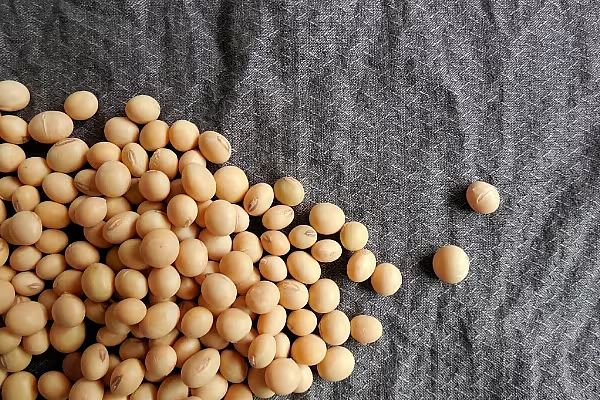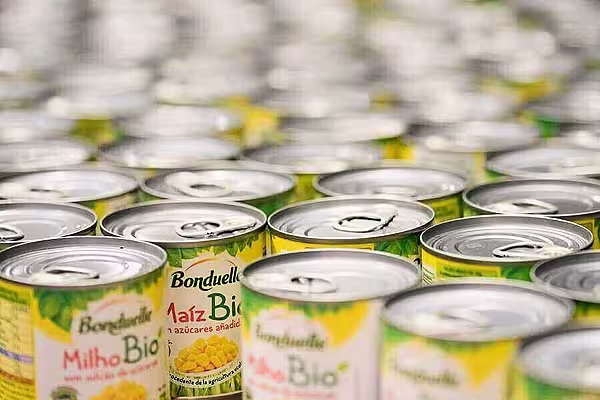Soybean futures entered a bull market Thursday after floods damaged crops in parts of Argentina, the world’s third-biggest producer, and are en route for the best week since 2014.
Argentina, the top exporter of soybean meal and vegetable oil, got as much as six times the normal amount of rain this month, flooding flat fields that the Santa Fe province’s governor said will result in a crop "failure." Adverse weather will reduce output by 5.4 per cent to 57.6 million metric tonnes from a previous estimate, the national government said. Buyers may turn to the US, the largest grower, for supplies as the dollar’s slump against the peso makes shipments more attractive.
Optimism for demand is dominating the market after China, the top buyer, reported that soybean imports in March jumped 36 per cent to 6.1 million metric tonnes from February. That marked the highest ever for the month. American farmers are benefitting as the dollar’s drop against the real in Brazil, the largest exporter, made US supplies more competitive. In the past six weeks, sales from the US exceeded the average in the previous five years, and the total in the week ended 14 April was the highest for the period since 2009, government data show.
Interest Rates
"The exports are improving and may be a sign of business shifting over from South America," Roy Huckabay, an executive vice president at Linn & Associates LLC in Chicago, said in a telephone interview. "There’s been a flow of investment money into soybeans and other commodities because of the low interest rates around the world."
Soybeans for July delivery fell 0.8 per cent to $10.19 3/4 a bushel on the Chicago Board of Trade at 11:22 am Seoul time. Futures are up 5.8 per cent this week, the most since October 2014. On Thursday, the price jumped 20 per cent from the settlement of $8.5525 on 13 November, the cheapest since March 2009. That met the common definition of a bull market. On the same day, the oilseed reached $10.4375, the highest intraday level for a most-active contract since 14 July.
On Wednesday, aggregate trading jumped 31 per cent to a record 804,244 contracts, or more bushels than the US produced last year. Open interest, or the number of outstanding contracts held, rose to a record 895,583 contracts on Tuesday. On Thursday, estimated volume dropped to 636,881, still the second-highest ever.
La Nina
Investors are the most bullish since June 2014. The transition to La Nina weather conditions is forecast to raise summer temperatures and lead to drier conditions when US crops are setting pods and filling them with beans in August.
The Buenos Aires Grain Exchange, Argentina’s largest, projected an output drop of 6.7 percent. Brazil is the top soybean exporter, followed by the US soybean-meal futures for July delivery jumped 2 per cent to $328 for 2,000 pounds. The price has jumped 26 per cent from a five-year low on 26 February. Estimated aggregate trading fell to 273,387 from the record 278,423 contracts on Wednesday. Soybean-oil futures for July delivery fell 1.2 per cent to 34.5 cents a pound. The price has gained 12 per cent this year.
News by Bloomberg, edited by ESM. To subscribe to ESM: The European Supermarket Magazine, click here.














